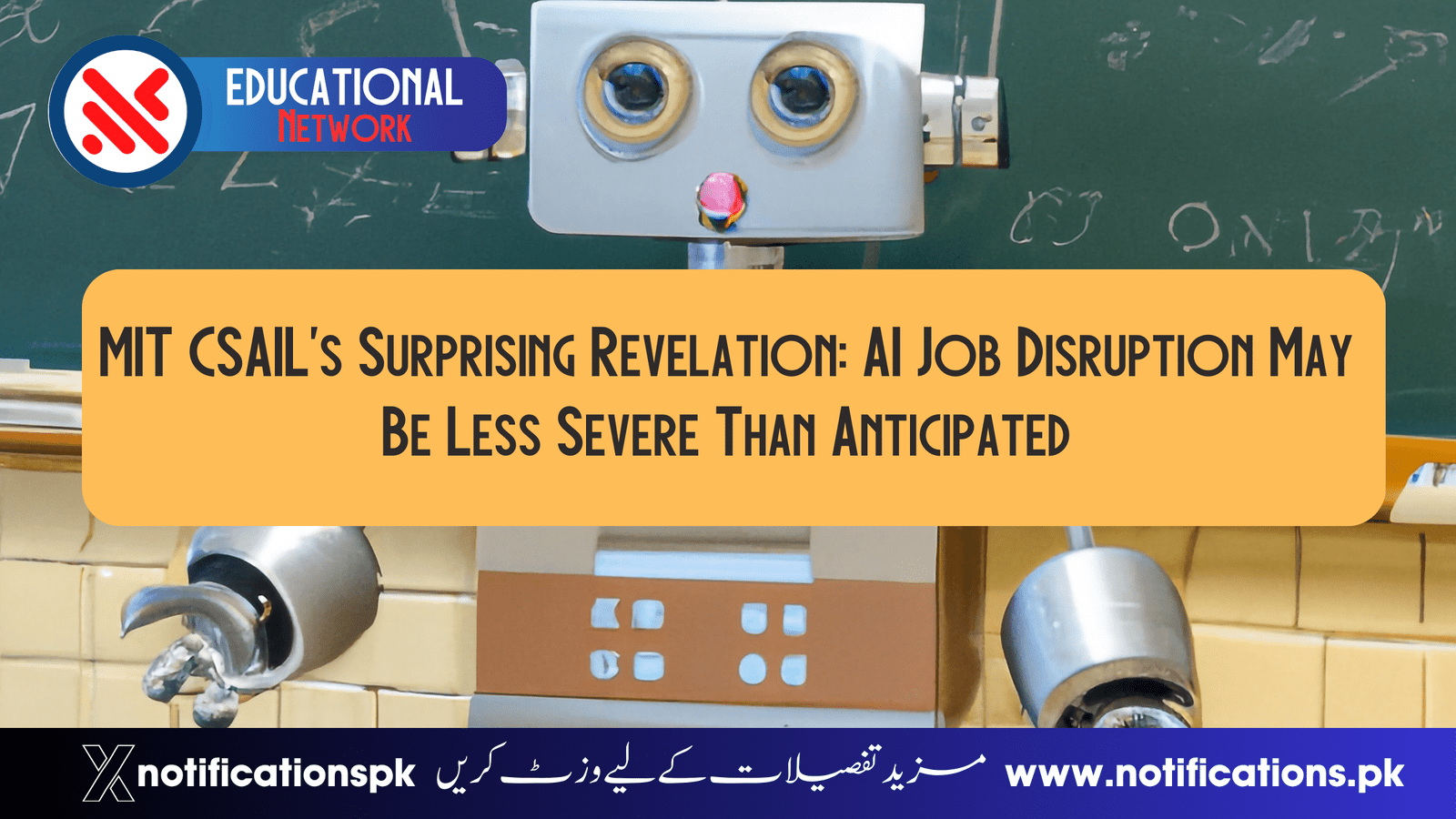MIT’s Computer Science and Artificial Intelligence Laboratory (CSAIL) has conducted a groundbreaking study, challenging the prevailing belief that AI will rapidly replace human jobs. Delving beyond task-based comparisons, the researchers explore the economic feasibility of AI in automating specific roles.
Current Landscape:
Contrary to widespread predictions, MIT’s findings indicate that the majority of jobs previously deemed susceptible to AI displacement are not currently economically viable for automation. Neil Thompson, a research scientist at MIT CSAIL, emphasizes that the impending AI disruption may unfold more gradually and less dramatically than anticipated.
Task-Based Analysis:
The study primarily focuses on jobs requiring visual analysis, such as inspecting product quality in manufacturing. It excludes the potential impact of text and image-generating models, leaving that for follow-up studies.
Key Takeaway:
Neil Thompson highlights a crucial finding—the economic attractiveness of automating tasks is limited at present. While acknowledging the significant potential for AI to automate tasks, the study reveals that many identified tasks are not yet economically suitable for automation.
Case Study:
Taking the example of a baker, the study demonstrates that only 23% of the wages for vision tasks would be economically attractive to automate. The cost of deploying a bare-bones AI system for such tasks is estimated to be considerably higher than the potential savings.
Limitations and Considerations:
The researchers acknowledge the study’s limitations, such as not considering cases where AI augments rather than replaces human labor. They stress the importance of policy initiatives and the gradual nature of AI job automation, providing a window for proactive measures.
MIT’s study challenges prevailing notions of imminent AI job automation, urging policymakers and AI developers to consider the gradual unfolding of this process. While recognizing the potential of AI, the researchers emphasize the need to decrease deployment costs and broaden deployment scope for economic attractiveness.
